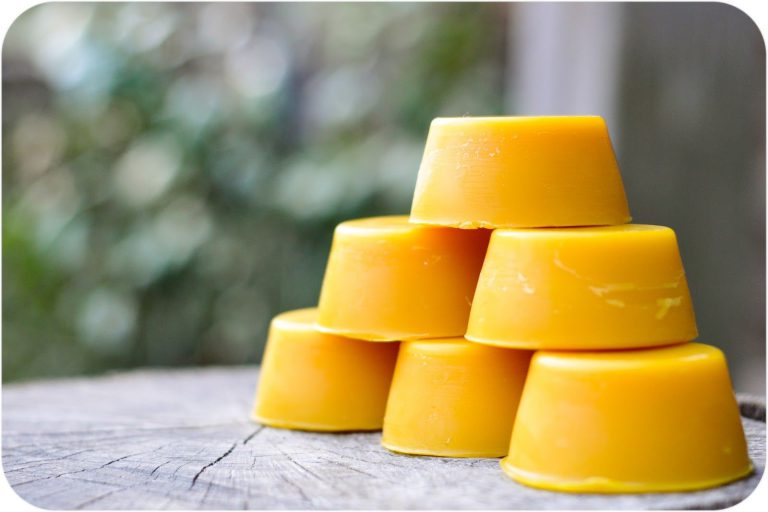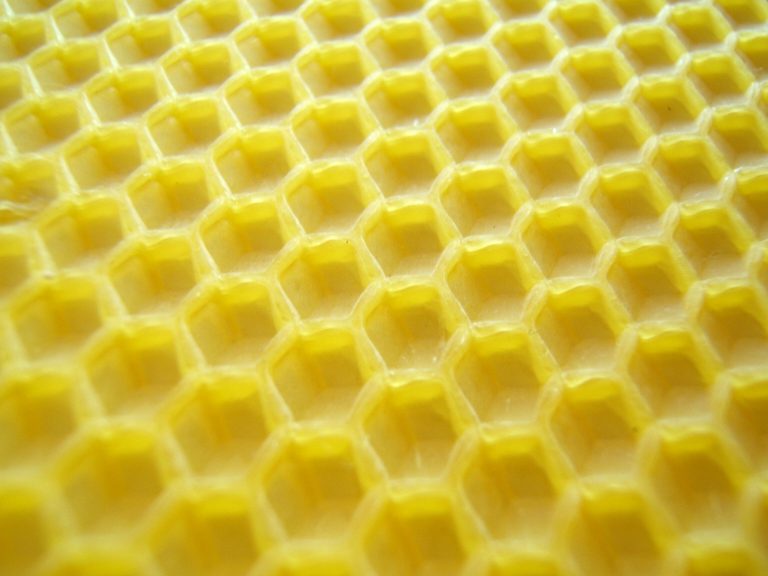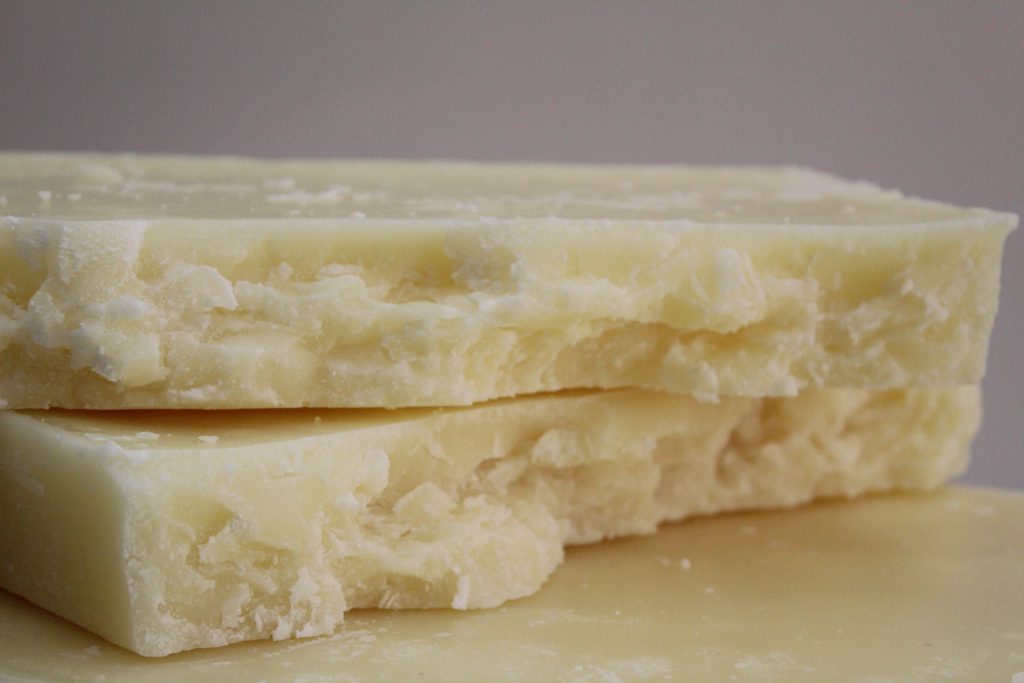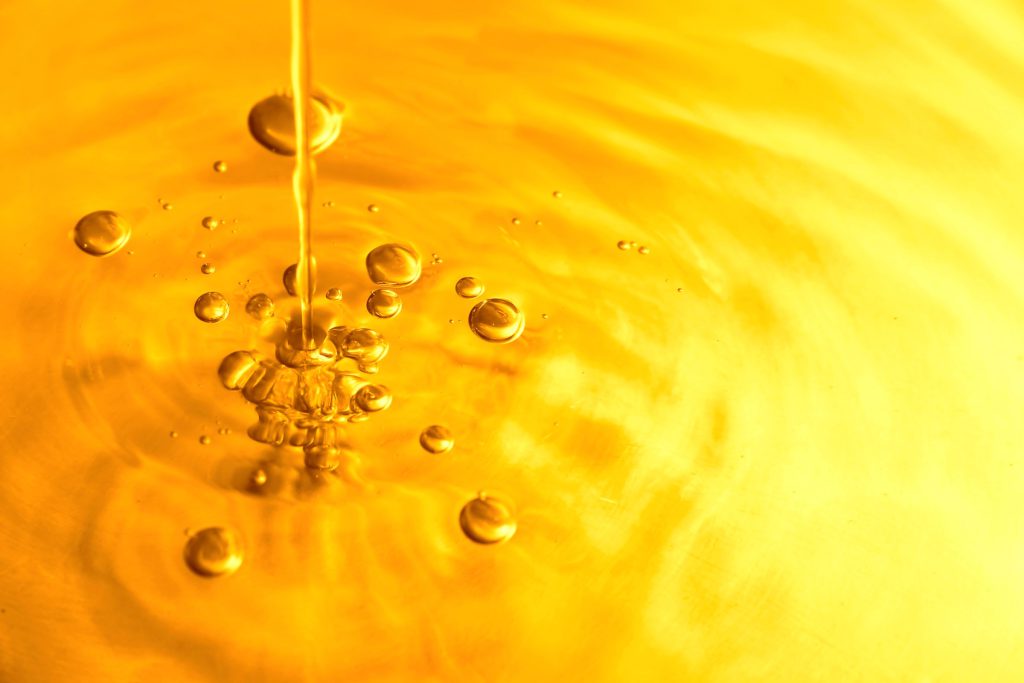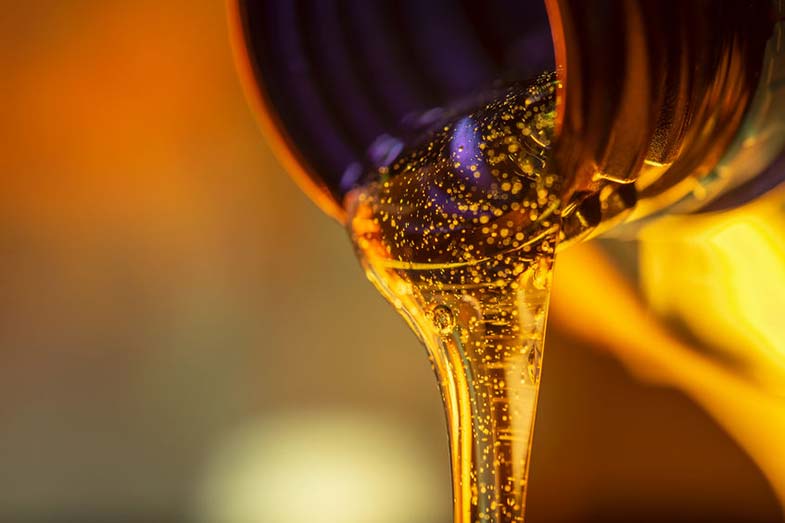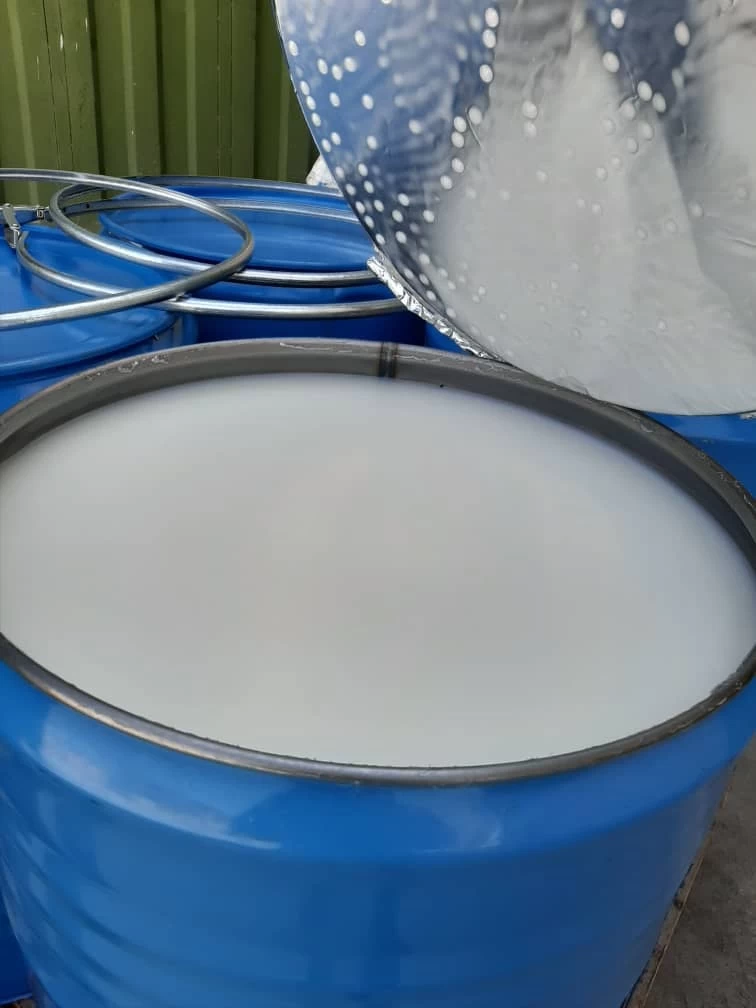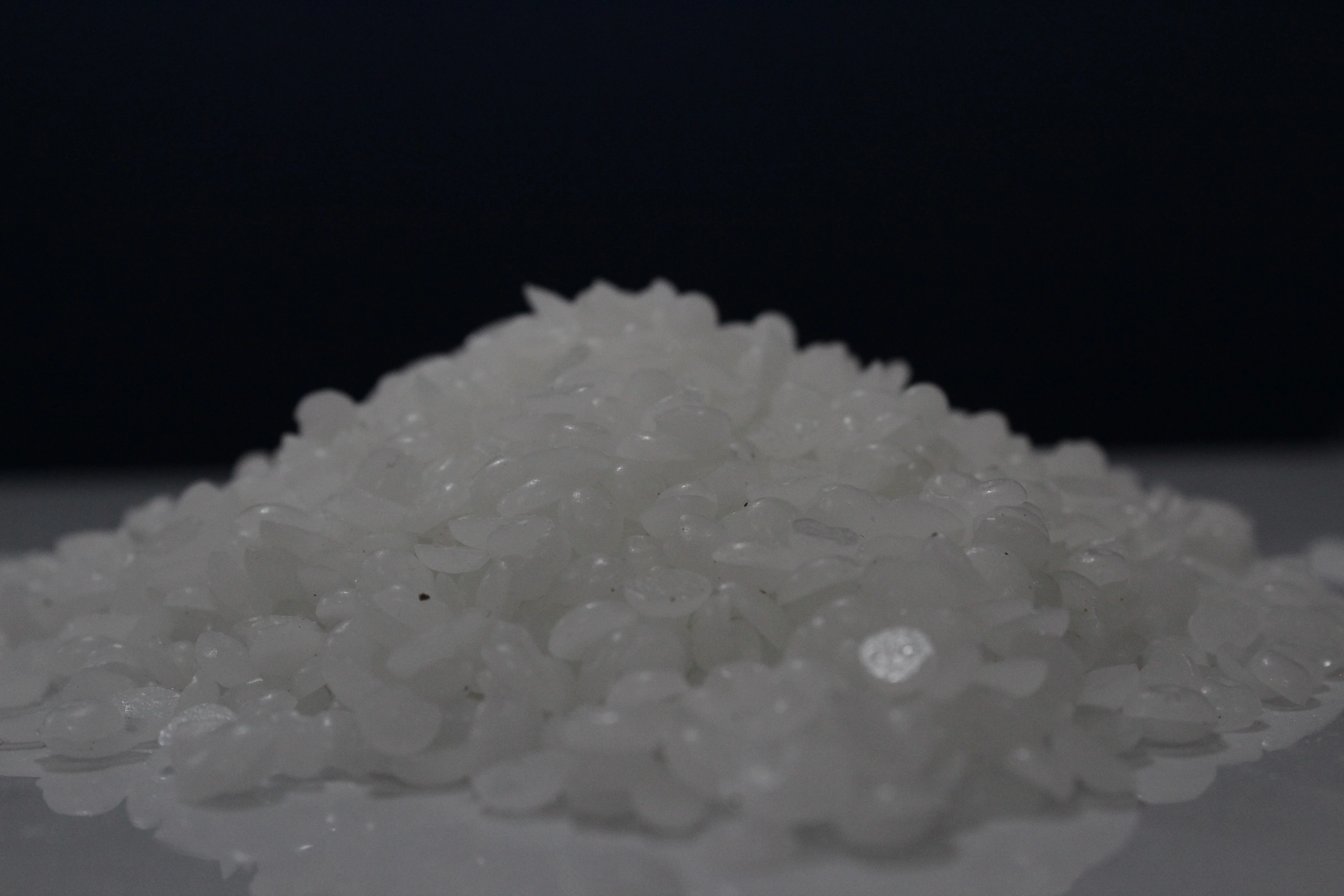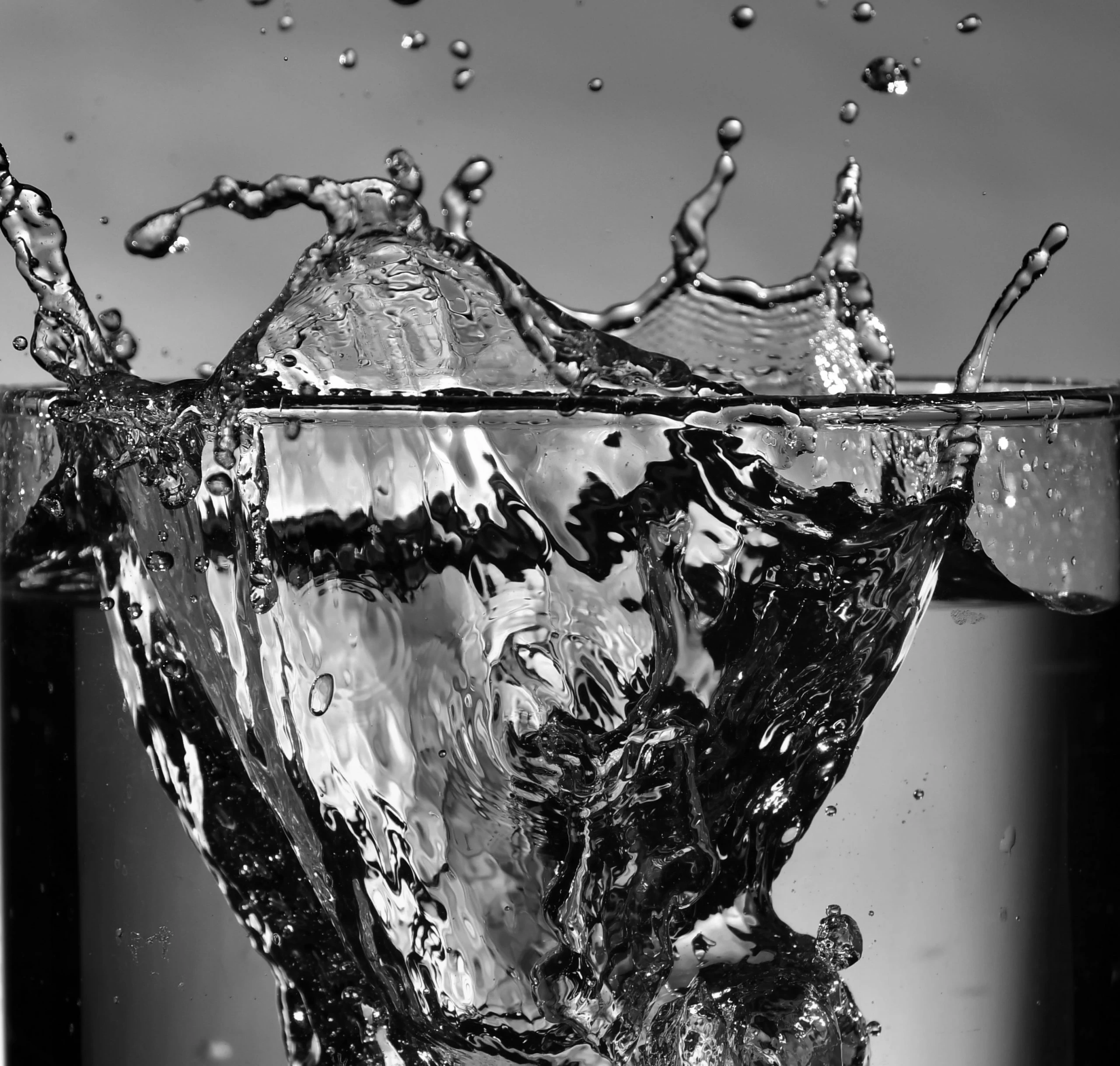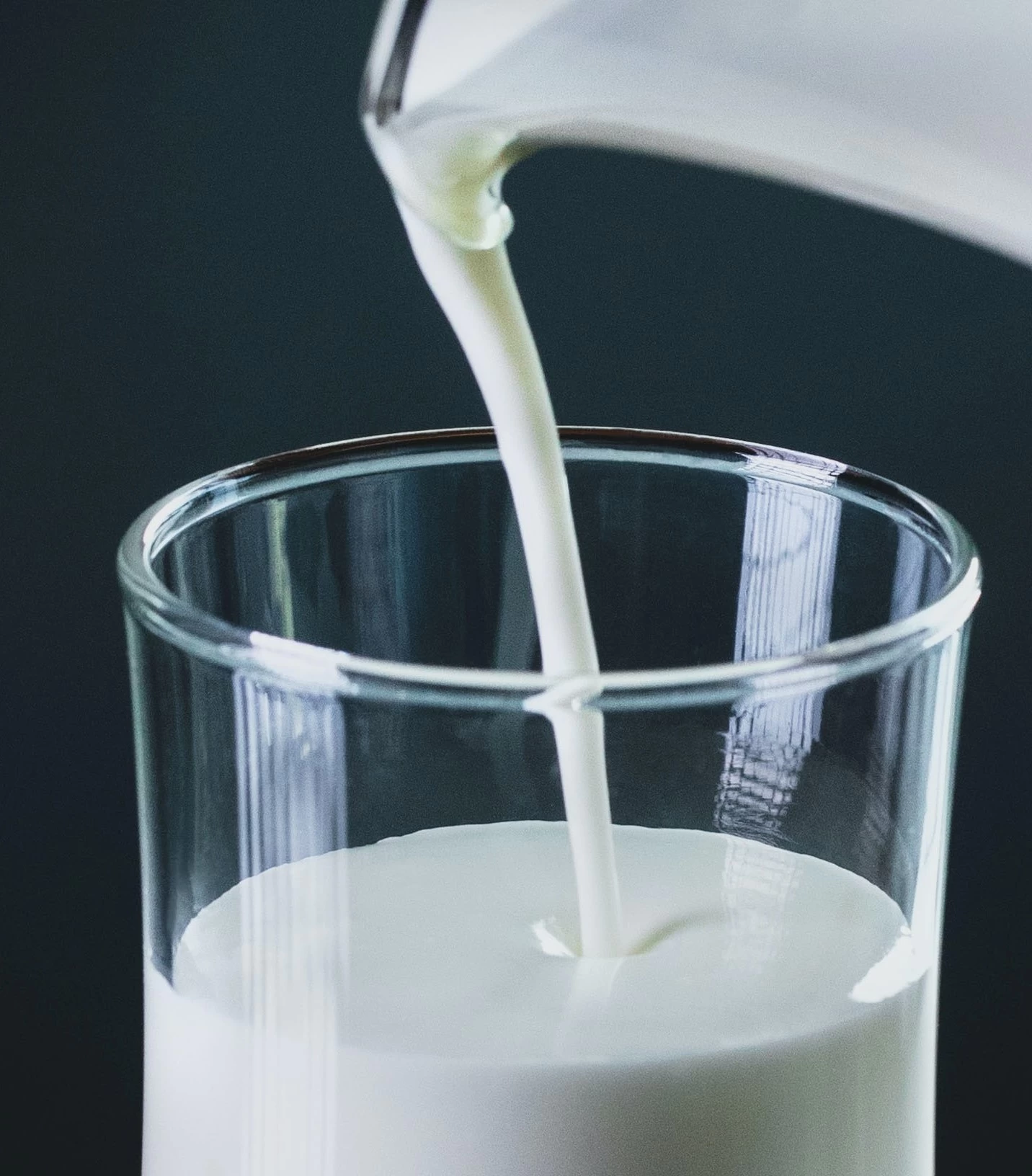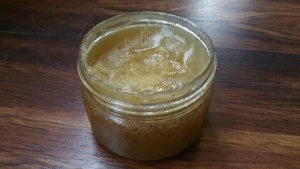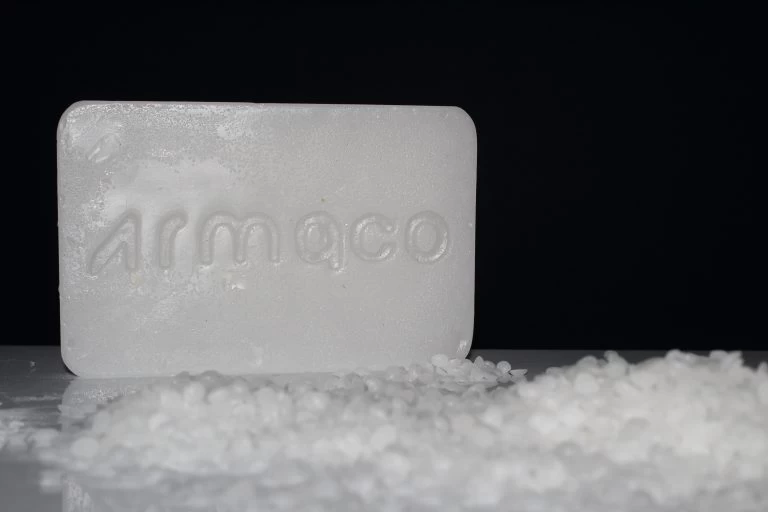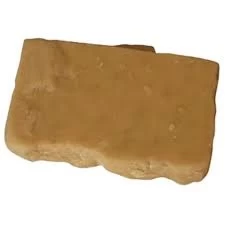What is Slackvox?
Slack wax is a combination of paraffin wax and oil obtained from crude oil. Slack Wax is graded based on melting point from light to heavy. Slack Wax is a mixture of alkanes in carbon. The product is derived from paraffin and is obtained in the process of paraffin production. During the production of paraffin wax, Slack Wax enters the system as a raw material, and finally, after performing the processes of purification, stain and bleaching, it is transformed into different grades of paraffin wax. The oil that is extracted during the contamination process is a by-product called "residual wax". Loose wax is usually brown and ranges from 10% to 35% in terms of fat and oil content. Slack Wax is divided into three modes: super heavy, heavy and light. Heavy Slack Wax has a melting point of 62-66°C and Light Slack Wax has a melting point of 47-53°C.
Slack wax
Application of Slack Wax
Unlike paraffin wax, slack wax is used as a compounder or waterproofing agent for the production of industrial products. For example, in candles, emulsions, building boards, matches, rust preventives and moisture vapor insulators, polishes, inks, lubricants and greases, adhesives and sealants, waxes, fuels, perfumes and cosmetics, and personal care products of these Unique product is used. Carbon paper as well as dust insulating materials or controlled release materials for industries are also derived from slack wax . Slack Wax has a flash point above 200°C and an initial boiling point above 280°C. According to UN GHS standards, this product is not flammable, but because it contains petroleum, it burns like fuel.
This product is neither self-reactive nor self-heating and does not undergo exothermic decomposition when heated. It is semi-solid at room temperature and it is better to keep it at a temperature of about 80 degrees Celsius and away from oxidizing agents. Slack Wax is slightly toxic by inhalation, ingestion, or contact with the skin of laboratory animals.
Packaging, types and structure of Slack Wax
Slack Wax is a petroleum product and is considered as a raw material of paraffin wax. Slack Wax is also a yellow or brown colored mixture of petroleum and paraffin. Companies usually package Slack Wax in bulk sizes, IBC tanks, and new steel drums. Sometimes used drums are used for packaging to reduce costs, sometimes at the request of the customer. To change the color, it is processed by special powders after heating to produce paraffin.
Different types of Slack Wax are used as a compounder and moisture insulator and for making various industrial products. Slack wax, unlike fully refined waxes, has petroleum contents ranging from 5 to 30 percent, depending on the product. This material is also considered as a by-product for the production of lubricating oils. Slack Wax can be used as a productive force in many industrial processes. Also, this product can be mixed, blended or further refined.
Slack wax and petrolatums formed in the process of dewaxing the grain contain significant amounts of oil. That is, usually 10 to 30% of the weight of Slack Wax is oil. "Oil" in this sense is a mixture of dissolved components at the temperature of filtration. Also, this substance completely destroys some important properties of wax. Slack wax fractions are pre-crystallized at high temperature.
Deoiling Slack Wax
Like paraffin wax, these waxes have a relatively low melting point and are mainly composed of isoalkanes. Also, all Slack Waxes have similar harmful properties. For this reason, these materials, i.e. oil and low melting point products, should be removed from Slack Wax. This process is called deoiling.
Deoiling is partial crystallization of slack wax or paraffin by their melting point. If the resulting product still has a high melting range, in some cases it is necessary to subject it to repeated fractional crystallization to obtain paraffin wax with a low melting range. In this sense, deoiling and fractional crystallization are essentially several stages of a single operation.
Slack Wax Processing
Slackwax obtained from distillation is obtained by cooling and pressing. This product is exclusively de-oiled by a process called "sweating". This process used to involve separation by fractional melting and had a smaller melting range. Today, by slowly increasing the temperature of solid wax, the oily parts with the lowest melting point are removed first. Following this process, the wax has a richer wax with successively higher melting range and lower oil content. After the sweating process is completed, the remaining Slack Wax and solid paraffin with low melting point and less oil are obtained.
This process is done in hot chambers that are placed in sweating mode. At one-third or half of the height of the pan, wire gauze is installed horizontally. Tubular coils are often installed on the top of the chamber for hot and cold water circulation. Molten Slack Wax is directed into the sweat container and its temperature reaches below the melting point in the upper part of the container.
Slack wax light grade with 10% oil content
Light grade slack wax with 10% oil content is actually a light grade product. This substance is light yellow or brown in color and melts easily. The melting point of this product is about 57 degrees Celsius, and this can be one of the advantages of this grade of slack wax. Light grade slack wax is one of the refinery products and was considered petroleum waste about 20 years ago. But today there are many orders for this product in the market. Light grade slack wax is a mixture of paraffin wax and petroleum. Light grade slack wax is considered as the raw material for many products, the main one being paraffin wax.
There is a great demand for the export of slack wax from Iran. Sometimes factories have to stand in line for Slack Wax raw materials. Also, many factories determine the smell and color of Slack wax light grade and queue up to buy this product. Slack wax is a mild wax grade, meaning it has a mild odor and texture, although this characteristic is dependent on refinery activity and processes and is not always consistent.
Uses of light grade slack wax with 10% oil content
Light grade Slack wax with 10% more oil content is used to produce different grades of paraffin wax with two DE-coloring and DE-Oiling processes. Light grade Slack wax with 10% oil content is also used to produce matches. This product is used to make large candles. Slack Wax is actually raw wax that is produced by cooling and distilling filtered and pressed paraffin.
Basically, three types of slack wax are produced all over the world, the type of which depends on the viscosity of the lubricating oil. This viscosity in the DE-wax process is classified as follows: low neutral, medium neutral and heavy neutral. Countries with cold climates require a light Slack Wax with a lower melting point.
Slack wax grade is light and with 10% more oil content, it is used in paraffin emulsions and as an adhesive and waterproof product in artificial wood. in a match; in the candle; in protective products for iron rust; in industrial lubricants; To protect the soil and even in surfing; And this light grade product is widely used in heating products.
Types of slack wax
Light grade Slack wax packaging with 10% oil content.
Light grade slack wax with 10% oil content is packed in new or used 180 kg drums, ISO tank or flexi tank. Each 20-foot container can load 110 barrels of Slack wax. About 20 tons of items can be loaded in ISO tank and flexi tank. Some customers, especially Europeans, need ISO tank with warmer equipment for easy unloading to their factory, this type of packaging will add cost per MT.
 +7929688-88-14
+7929688-88-14

 English
English
 Persian
Persian
 Russian
Russian
 Chinese
Chinese


 +7929688-88-14
+7929688-88-14

 Oil derivation
Oil derivation

